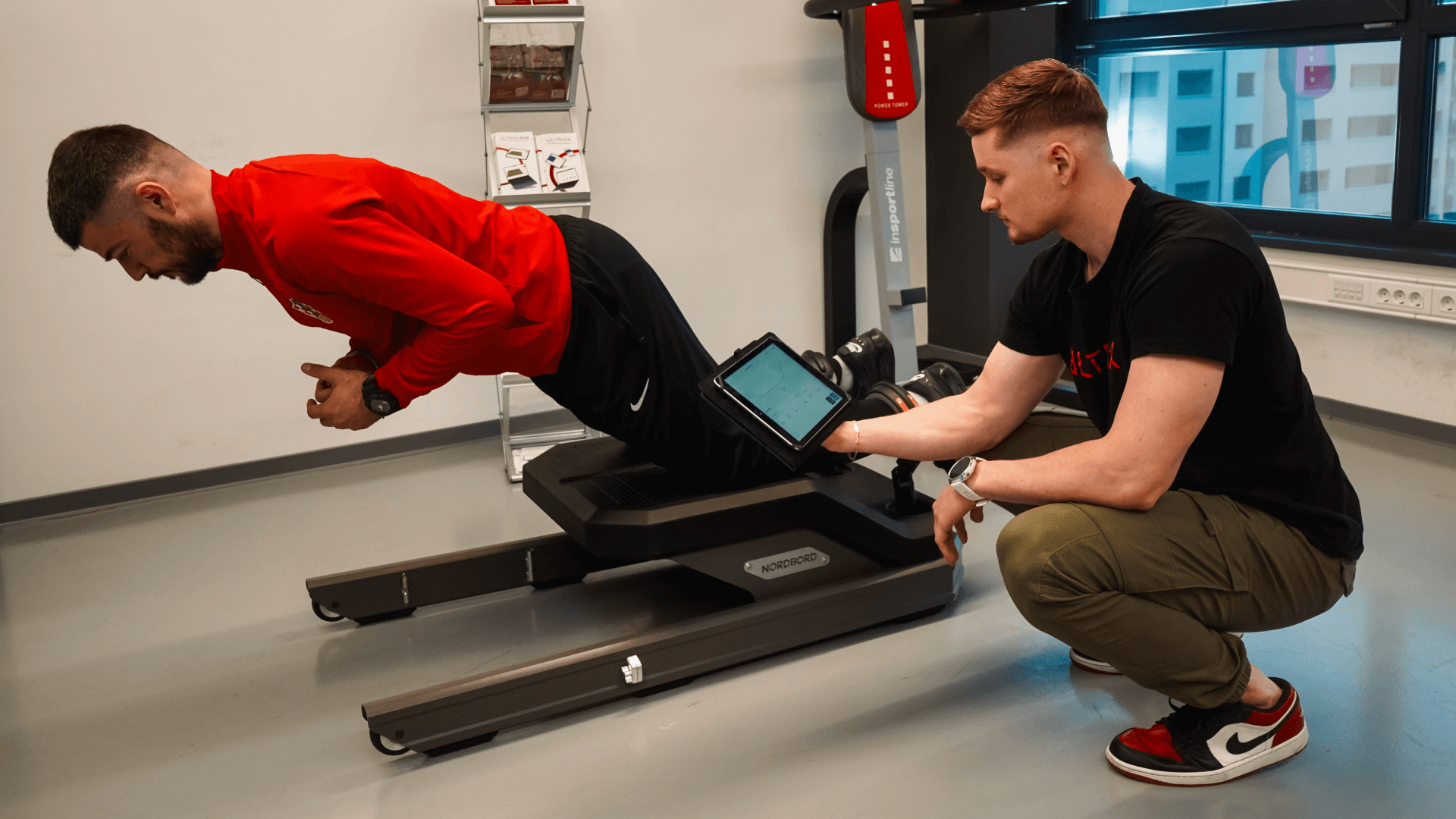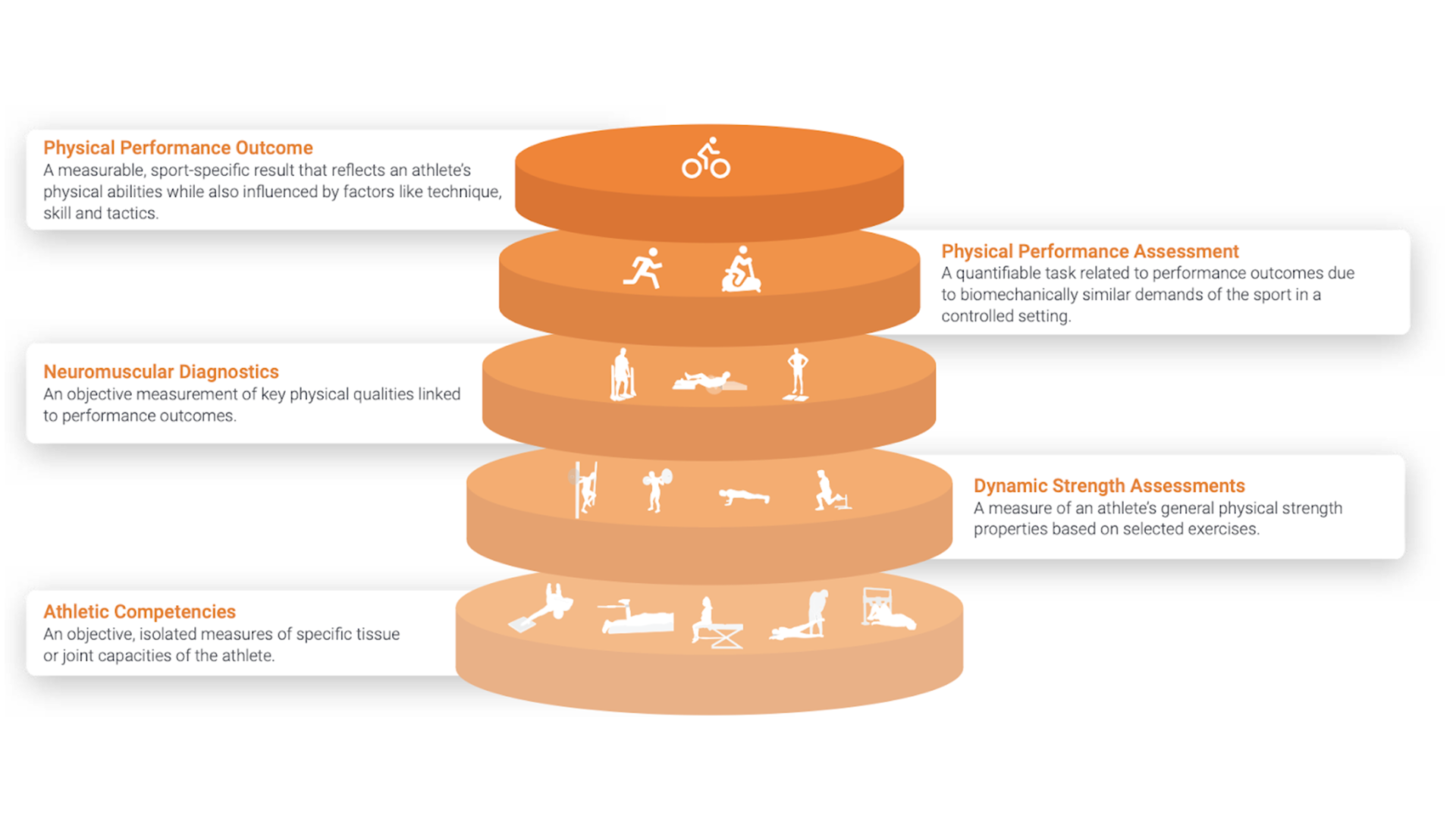The Evolution of Data-Driven Sports Management
In recent years, sports organizations have experienced a significant shift in the way performance, training, and athlete health are monitored and managed. This shift has been fueled by the increasing volume and variety of available data, as well as by the growing need for tools that facilitate not only technical analysis but also communication and strategic planning across multidisciplinary teams.
Introducing Ultrax: A Unified Cloud-Based Platform
Among the emerging solutions, Ultrax has positioned itself as a unified, cloud-based platform designed to meet the operational and analytical demands of contemporary sports environments. Its key contribution lies in the seamless integration of diverse data streams—ranging from training loads and wellness indicators to injury tracking and tactical planning—into a coherent interface that supports both macro-level oversight and micro-level investigation.
Real-Time Monitoring and Layered Performance Analysis
At its core, Ultrax functions as a centralized hub where practitioners can monitor real-time information on player status, manage training protocols, and evaluate both individual and squad-wide performance trends. A major strength of the platform is its ability to support depth of insight without sacrificing usability. Users can easily transition from high-level dashboards to detailed athlete-level summaries, enabling a layered approach to analysis. For instance, if an athlete is flagged with an elevated acute-to-chronic workload ratio (ACWR), clicking on the indicator leads directly to a page displaying their recent load history, current pain reports, and relevant trends over time.
Usability for All Roles: Coaches, Scientists, and Medical Staff
This kind of logical, embedded flow encourages a deeper understanding of not only what is happening, but also why it is happening—thus promoting critical thinking and more informed decision-making across departments.
The platform also excels in its ability to deliver value to users with varying levels of technical expertise. Coaches, sports scientists, and medical staff alike benefit from an interface that is both intuitive and role-specific. By offering streamlined workflows that do not require advanced data literacy, Ultrax facilitates greater organizational buy-in and broad adoption across teams. This inclusive design ensures that the insights generated by the system are not confined to a specific silo, but instead distributed effectively across departments, fostering collaboration and shared responsibility for performance outcomes.
Comparative Metrics and Contextual Insights
A further point of distinction is Ultrax’s handling of comparative and historical data. The platform allows practitioners to compare metrics across athletes and within individual baselines, providing critical context that enhances interpretability. This is particularly valuable when making performance evaluations or workload decisions, as practitioners can assess whether a given metric is genuinely anomalous or within expected variance. The ability to visualize these comparisons quickly—without the need for manual data wrangling—greatly improves the efficiency of daily operations and supports the development of more nuanced training and recovery strategies.
Flexible Customization for Diverse Environments
Customization emerges as another area where Ultrax demonstrates significant flexibility. Rather than enforcing a rigid structure, the platform enables clubs to define their own testing protocols, terminology, and data inputs, allowing the system to align with existing methodologies and institutional philosophies. This adaptability is essential in environments where procedural consistency is paramount, such as professional clubs or national teams, and allows for seamless integration into existing workflows.
Seamless Integration with Over 150 Data Sources
Moreover, by supporting over 150 data sources and offering API access, Ultrax is compatible with a wide range of tracking technologies, from GPS and heart rate monitors to force plates and subjective wellness tools. This openness ensures that teams can maintain continuity in their data collection practices while enhancing their analytic capacity through the platform’s visualization and reporting tools.
Enhancing Injury Tracking and Return-to-Play Management
Another area of strength lies in how Ultrax facilitates return-to-play (RTP) management and injury tracking. The medical modules provide comprehensive overviews of squad availability, injury types, recovery durations, and individual rehabilitation plans. Visualizations such as injury heat maps and time-loss statistics allow performance and medical staff to quickly identify patterns and adjust workloads accordingly. The inclusion of historical benchmarks, such as previous season availability or average recovery timelines, adds depth to the analysis and enables staff to monitor the effectiveness of their recovery protocols over time. This holistic view supports integrated decision-making and strengthens the alignment between medical, coaching, and performance departments.
Full-Cycle Performance and Load Monitoring
The platform’s utility extends beyond individual session monitoring to encompass full-cycle training analysis. Ultrax enables staff to track performance across sessions, weeks, or entire competitive phases, comparing current training demands against match intensity and identifying whether objectives are being met. These tools support periodization planning and load management by offering both absolute and relative measures—such as session durations and cumulative distances expressed as percentages of game values. The ability to interact with these metrics dynamically, reorder columns, and adjust views based on the type of analysis being conducted makes Ultrax an effective tool not only for day-to-day monitoring but also for strategic planning and review.
Ready for Predictive Analytics and Future Applications
From an analytical standpoint, the architecture of Ultrax is well-suited for the integration of more advanced methodologies, including predictive modeling and machine learning applications. While the current implementation emphasizes real-time monitoring and historical comparison, the underlying design supports the development of forward-looking tools such as injury forecasting, load optimization models, and recovery trajectory projections. As clubs increasingly move toward proactive decision-making based on pattern recognition and individualized baselines, platforms that facilitate the incorporation of predictive analytics will become central to high-performance environments.
Scalable Across All Levels of Sport
Finally, one of the most important attributes of Ultrax is its scalability. Whether implemented at the level of a professional team, a collegiate program, or a development academy, the system can be configured to match the needs and capacities of the organization. This scalability ensures that the platform is not limited to high-resource contexts but can support teams across the performance spectrum, adapting as their analytic capabilities evolve.
A Holistic Framework for Informed Decision-Making
In summary, Ultrax represents a robust and adaptable solution for managing the complexities of athlete performance, workload, and organizational coordination in modern sport. Its strengths include its ability to facilitate multi-level analysis, support individualized and comparative evaluation, and encourage meaningful collaboration across departments. By combining operational utility with analytical depth and customization, Ultrax provides a framework for integrated, data-informed decision-making that aligns with both current and emerging best practices in sports performance management.






